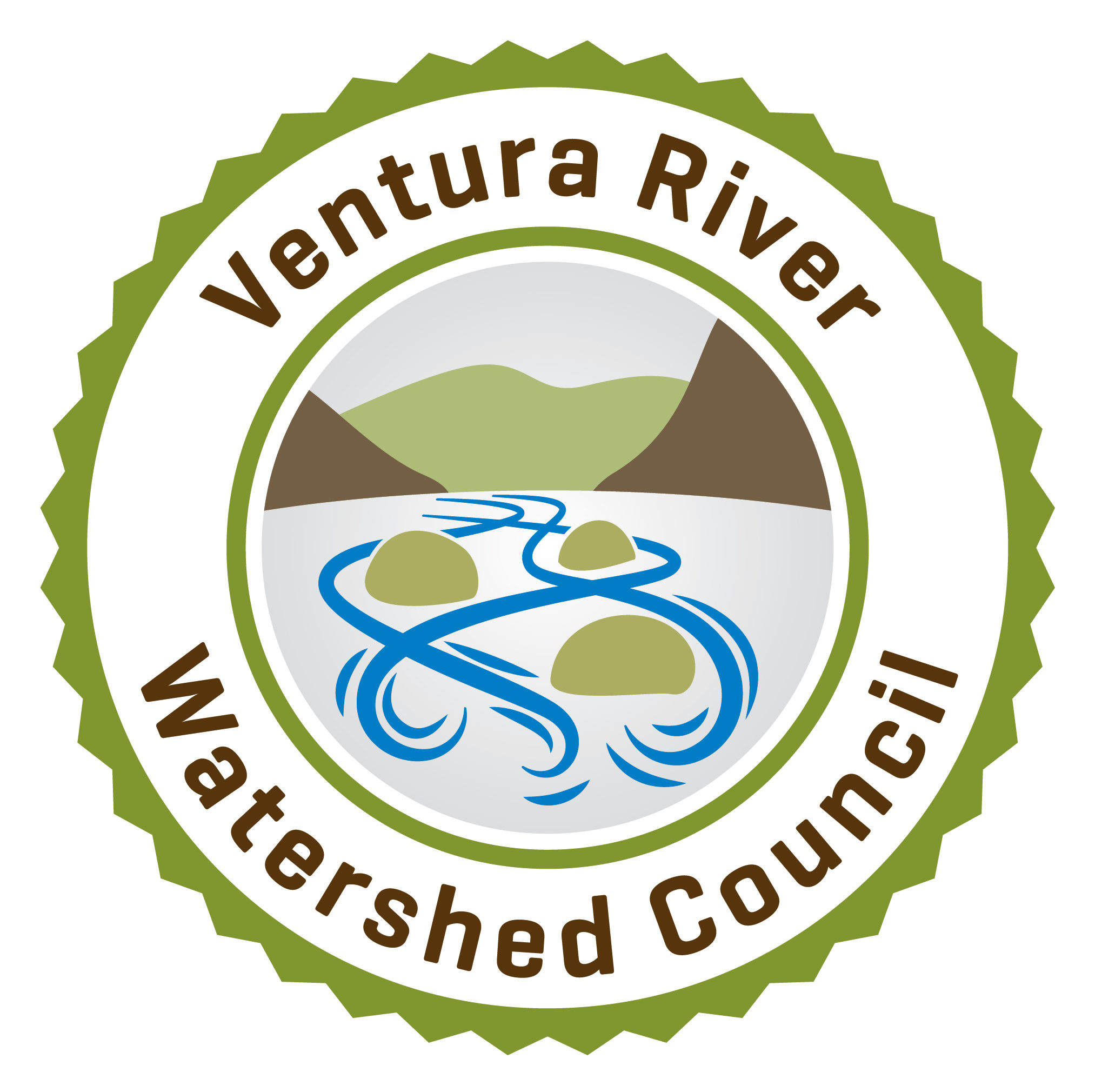“A Look at the Remarkable Ventura River Watershed”
A Watershed Awareness Month Event with the Ojai Valley Land Conservancy
This Saturday, May 4, in honor of Watershed Awareness Month, I will be giving a presentation entitled “A Look at the Remarkable Ventura River Watershed” at the Ojai Valley Land Conservancy’s (OVLC) regular “Wild about Ojai” monthly educational event.
Through pictures and maps (like the new one below!), I’ll explain what a watershed is; how we manage to not use imported water despite our mostly dry watershed; how our groundwater, river and lake work together; why we have regular, flashy floods; and tell you about the many people and programs that keep the water systems working.
I’ll also cover current challenges, including concerns about nitrate pollution and algae, providing enough water and habitat for the endangered steelhead trout, removing Matilija Dam, safeguarding our water supply and ecosystem functions, creating a river parkway, and preparing for the potential megastorms and extended droughts possible from climate change.
The presentation and discussion will run from 10:00 to 11:30 am, and will be held at the OVLC’s office at 370 W. Baldwin Rd., Building A-4, Ojai. This Wild about Ojai event is free to OVLC members and students and $10 for non-members. Call Marti Reid for more information at 805/649-6852 x2 or marti@ovlc.org.
May 14 & 15 TAC Meetings (& Homework) Reminder
Work will continue on our list of projects and programs for the watershed management plan at two upcoming Technical Advisory Committee (TAC) meetings (info below). The effectiveness of these meeting, which each run for only one hour, will depend upon how much homework we all do beforehand. 😉
Here is the assignment: Review the latest version of the MAPP (Master Archive of Projects and Programs) and let me know (if you haven’t already), by May 9,
- Which projects/programs you or your organization are interested in being a Proponent or Champion of. (Proponent – lead or grant applicant – if/when funding becomes available; Champion – strong advocate, willing to work to advance the idea). It helps our process to know which projects have Proponents or Champions and which ones are just good ideas with no one really committed to advancing the idea.
- For your Proponent or Champion projects/programs, any further information or refinements you can provide to the spreadsheet at this time with regard to the Goals & Objectives Served, Key Details, and Tier sections, as well as to the project description.
The MAPP spreadsheet is big and not formatted for printing. If you aren’t comfortable working in Excel or have any questions – do not hesitate to call me (805/649-6852 x4). I’ve sent some of you subsets of the list – feel free to just work off of those.
Below is the TAC meeting information.
May 14, Tuesday
8:15 – 9:15 am – Sufficient Local Supplies (Topping Rm, Foster Library, 651 E. Main St. Ventura)
9:30 – 10:30 am – Clean Water (Topping Rm, Foster Library, 651 E. Main St. Ventura)
11:00 am – 12:00 pm – Integrated Flood Mgmt. (Santa Cruz Room, Ventura City Hall)
May 15, Wednesday (all at Ojai Valley Land Conservancy’s office)
8:30 – 9:30 am – Healthy Ecosystems
9:45 – 10:45 am – Access to Nature
11:00 am – 12:00 pm – Responsible Land & Resource Mgmt.
WEAP Model Training
The UCSB Bren students will be offering a free training during May on the use of the WEAP (Water Evaluation and Planning) model, which they used on their recent Ventura River project. We’ll be scheduling this training soon. If you are interested in the training and haven’t yet let me know, please do so as soon as possible.
“Can we Stop Undermining Our Water Supplies? Groundwater and California’s Water Future” UCSB Presentation Tomorrow, May 2
I’m passing on this announcement about a groundwater talk that will be given at UCSB, May 2, from 11:30 am-12:30 pm by Jay R. Lund, Director, UC Davis Watershed Sciences Center. The talk will be in Bren Hall 1414. Here is the abstract:
Integration of groundwater into overall water and environmental management is central to California’s water future. Groundwater encompasses most of the water storage in California and is a major water source for most of the state. Cities, farms, and ecosystems depend on it for both water supply and water quality. Over time, groundwater’s role has changed, from an isolated and convenient source of clean water to an increasingly contaminated and diminishing resource, with increasing effects on surface water bodies, users, and ecosystems. Lowered water tables, overdraft, and accumulations of salts, nitrate, and other contaminants have brought widespread effects to almost every part of the state. This talk reviews groundwater’s diverse roles in water management in California, current and growing issues for groundwater supply and management, and promising approaches to integrating groundwater into broader water and environmental management. Political and scientific challenges for accomplishing such management also are discussed.
Here is the link for more information.

